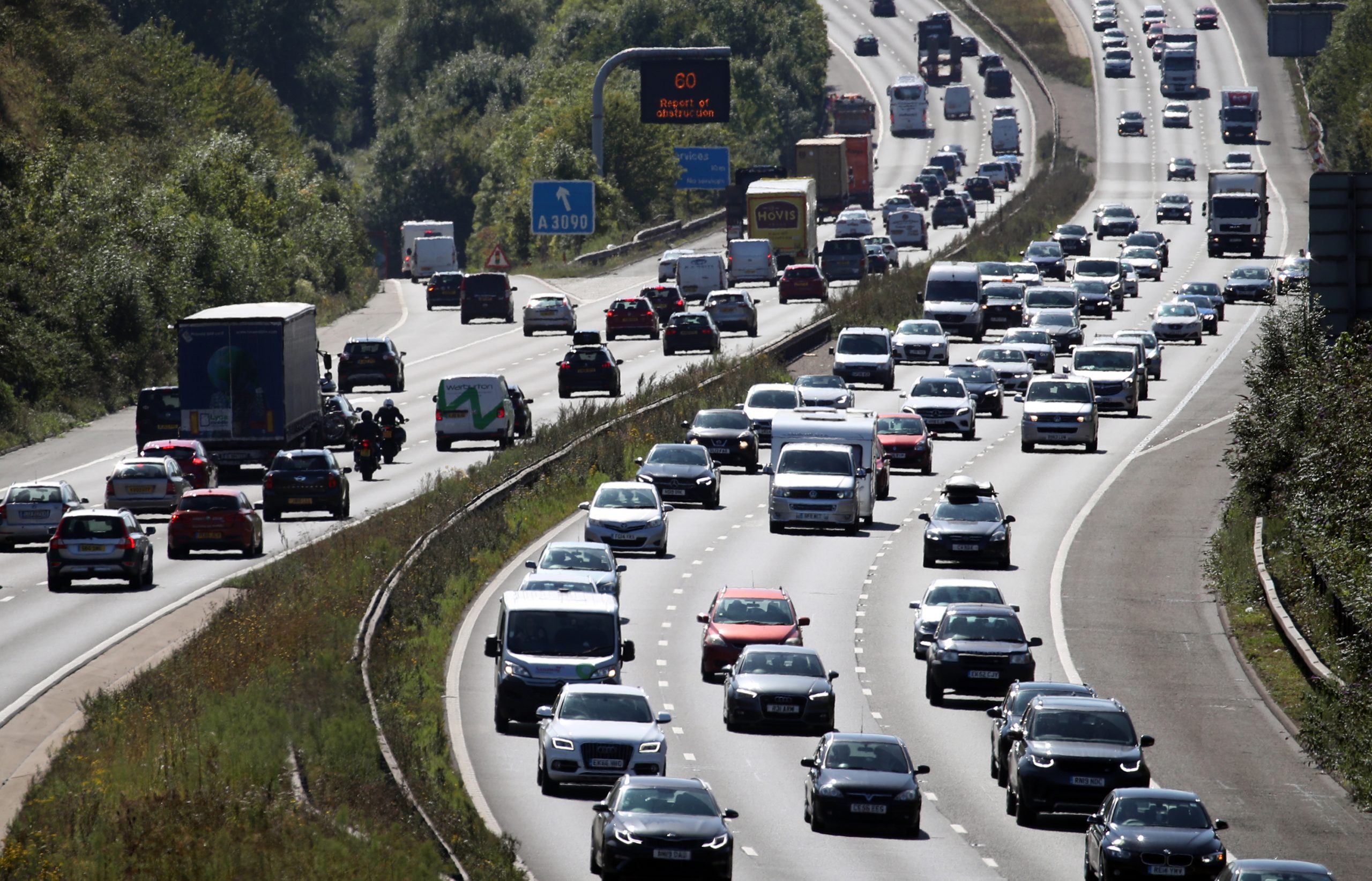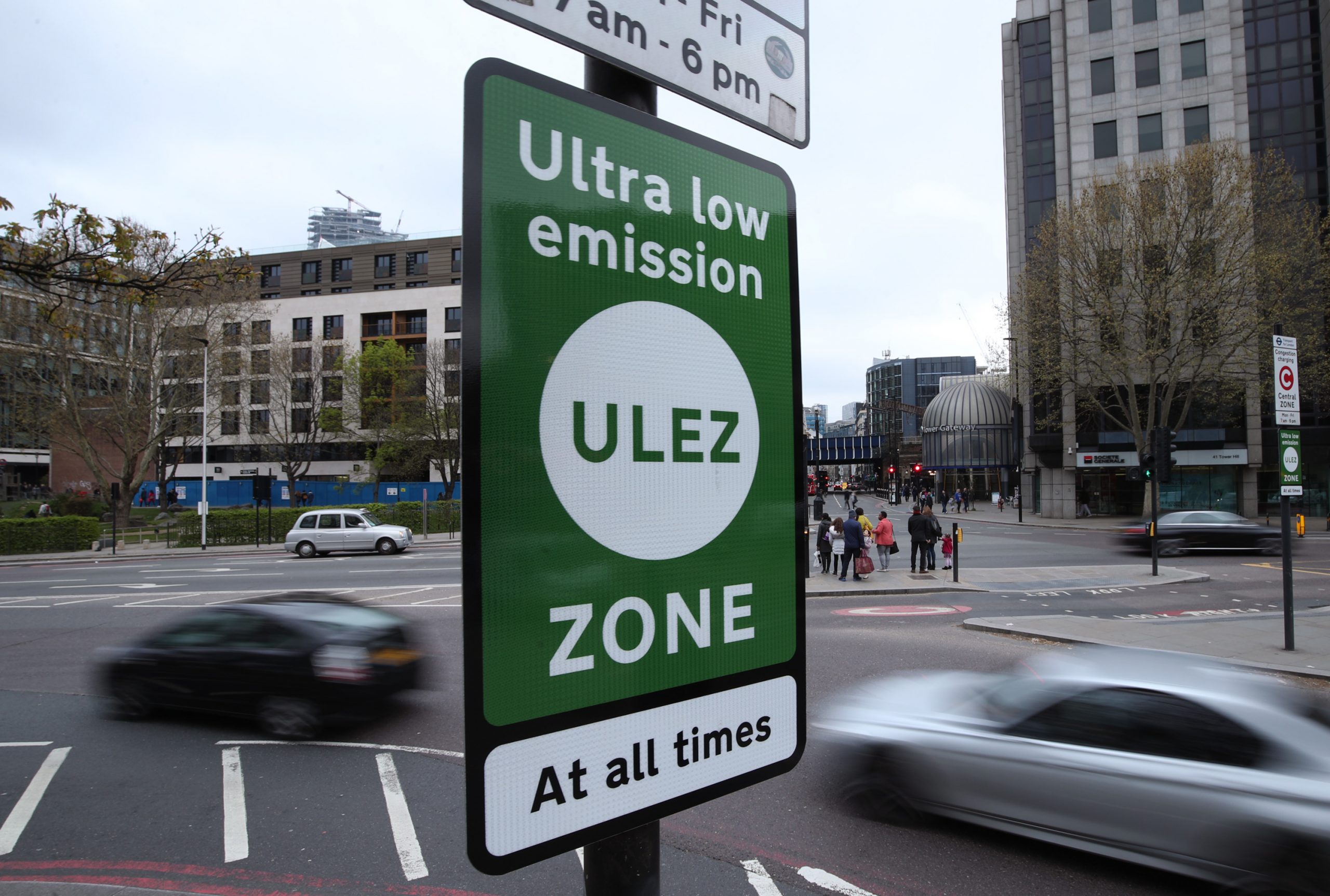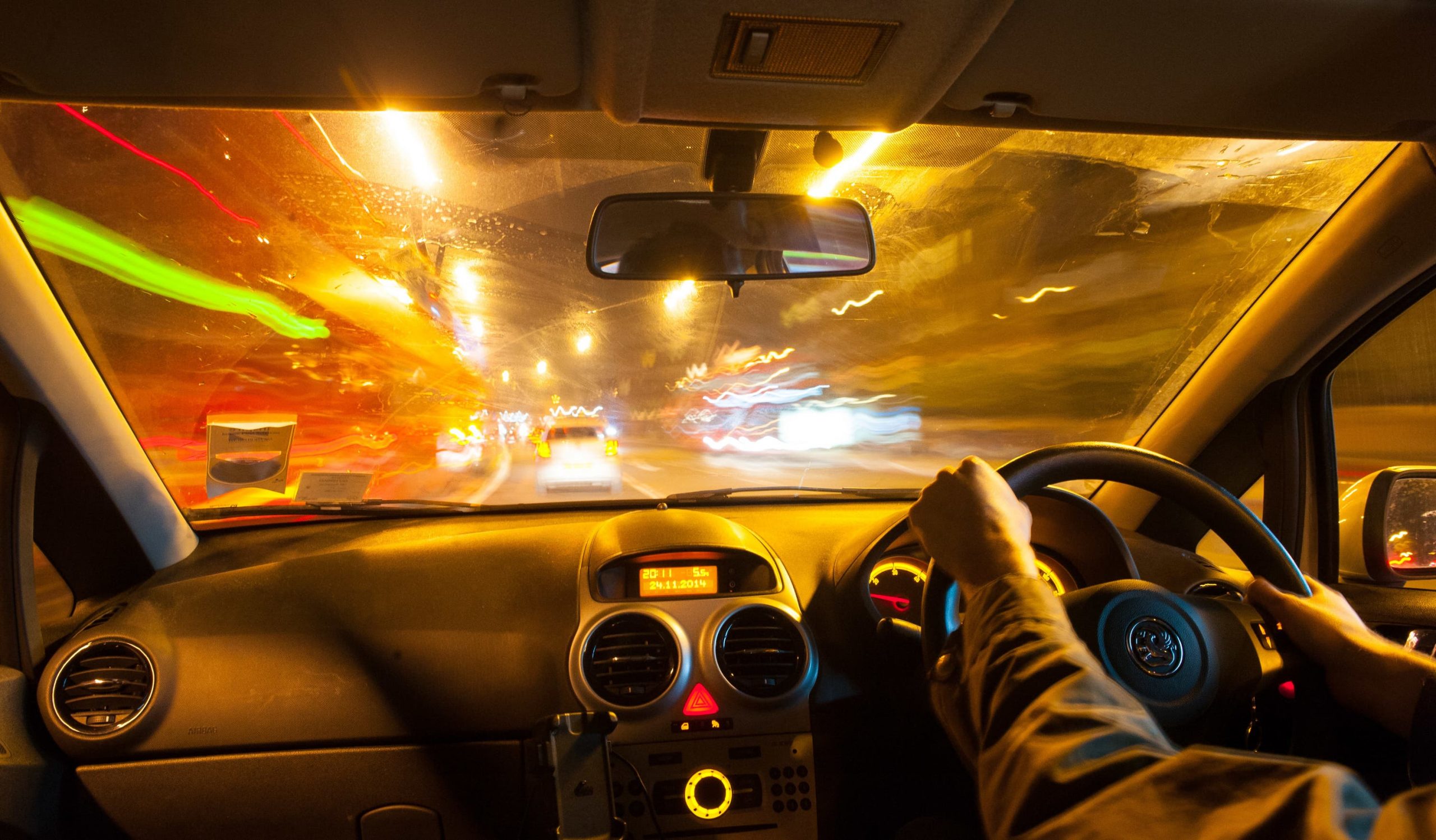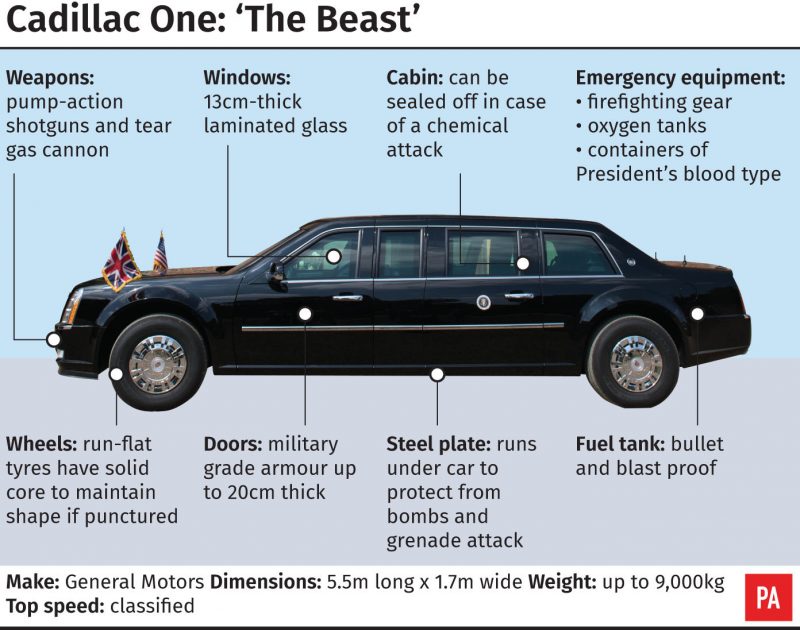The Dakar is inspired by Porsche’s historic rally success. Is it just another special edition or something to be celebrated? Jack Evans finds out.
What is it?
Dakar. It just sounds exciting, don’t you think? And when combined with one of the most famous three-digit badges in the world – 911 – you get something that feels pretty special even before you’ve sat behind the wheel. Limited to just 2,500 examples worldwide, this is a car which has some genuine off-road heritage behind it alongside some serious mechanical upgrades.
We’ve been given the chance to try out one of the very first Dakar models built, taking it both on the public road and across off-road surfaces too.
What’s new?
The Dakar takes its inspiration from the first overall victory by Porsche in the 1984 Paris-Dakar rally so, as we mentioned, it really does have some proper off-roading history behind it. To follow this through onto the road, the 911 Dakar has been extensively re-engineered over the standard Carrera S upon which it is based to ensure that it really can go here, there and everywhere.
It has apparently been in the works for a little while at Porsche, too, with engineers tinkering with the idea for many years.
What’s under the bonnet?
You’ll find the same 3.0-litre twin-turbocharged engine that powers the 911 GTS in the Dakar. Here, it produces 473bhp, and uses an eight-speed automatic transmission to enable the Dakar to go from 0-60mph in 3.3 seconds and onwards to a top speed of 149mph, which is lowered over the standard car’s due to the fitment of Pirelli Scorpion off-road tyres.
It rides 50mm higher than a standard Carrera S, too, and this can be boosted by an extra 30mm using a clever lift system. This high level can be used at speeds of up to 103mph, too, after which it then lowers to its standard-setting automatically.
What’s it like to drive?
It’s a strange sensation to drive the Dakar. For one, the surroundings are incredibly familiar; the dashboard, wheel and main touchpoints are all identical to the regular 992-generation 911’s. On the road it feels quick and easy to drive, too, with only a little bit of tyre roar coming through to remind you you’re not in a regular 911.
It’s when you head off-road that things get even stranger. You’re in this comfortable, refined cabin taking on lumps, bumps and ruts that would completely destroy a regular 911 – but the Dakar bowls over them with ease. It’s wonderfully adjustable on the throttle, too, and means that it’s not tricky to drift it around gravelly bends. A little more speed helps the Dakar to really float over imperfections, too, while the engine’s superb response – coupled with Porsche’s usually-excellent steering – makes it a joy to drive over terrain that would have most sports cars quivering in their boots.
How does it look?
The increase in ride height means that immediately you can tell that this isn’t a normal 911. The chunky tyres really suit this bodystyle, too, while the classic two-tone finish with decorative vinyl and white wheels – part of an £18,434 Rallye Design package – ensure that nobody misses the Dakar driven past. In truth, we think it’d be quite good to have it as a more subtle design.
It’s the little details you notice up close that really shine through, however. You’ve got the GT3 ‘nostrils’ in the bonnet for better cooling, while the slightly widened wheel wells and sills give the car a chunkier appearance. You can get all manner of powered accessories for the roof, too, such as extra lights while there’s the option to fit a roof tent for go-anywhere accommodation. Around the back, that fixed spoiler is made from Carbon Fibre Reinforced Plastic, too.
What’s it like inside?
As we’ve mentioned, the interior of the Dakar is very similar to that of the standard 911. It’s wonderfully ergonomic, too, with plenty of adjustability and comfortable yet supportive bucket seats. You do get a smattering of Dakar-specific badges, too, including a number plaque ahead of the driver and custom kickplates.
You still get a full sat-nav setup, too, while the thin-rimmed steering wheel is still one of our very favourites available today. Porsche’s driving mode dial allows you to easily cycle through different settings, too, including ‘Rallye’ which has been designed specifically for loose surfaces.
What’s the spec like?
At £173,000, the Dakar is by no means cheap. In fact, in standard setup it’s £51,000 more than a regular Carrera GTS. What you’re really paying for here isn’t higher quality interior materials nor more on-board technology, but the extensive mechanical upgrades that make this one seriously capable off-roader.
In fact, despite having added stainless steel body protection in areas such as the front, rear and sills, redesigned suspension and a lift system, the Dakar is just 10kg heavier than the 911 Carrera 4 GTS. You’ve got lightweight glass and a featherweight battery to thank for that.
Verdict
The Dakar could be passed off as something of a novelty, but it’s way too accomplished for that. This is a car that has been extensively engineered to ensure that it’s great to drive off-road but still behaves just as you’d expect a 911 to when you’re on it. Porsche could’ve just put some extra stickers and jacked up a regular 911 for the Dakar but, being Porsche, it has gone much further than that.
With just 2,500 examples being made, this isn’t a car that’ll be a common sight on the roads. But its very existence is to be celebrated – it’s an example of a car manufacturer taking a different angle and delivering it beautifully.
Facts at a glance
- Model: Porsche 911 Dakar
- Price: £173,000
- Powertrain: 3.0-litre twin-turbocharged petrol engine
- Power: 473bhp
- Torque: 570Nm
- Max speed: 3.3mph
- 0-60mph: 149seconds
- Economy: 24.9mpg
- CO2 emissions: 256g/km












